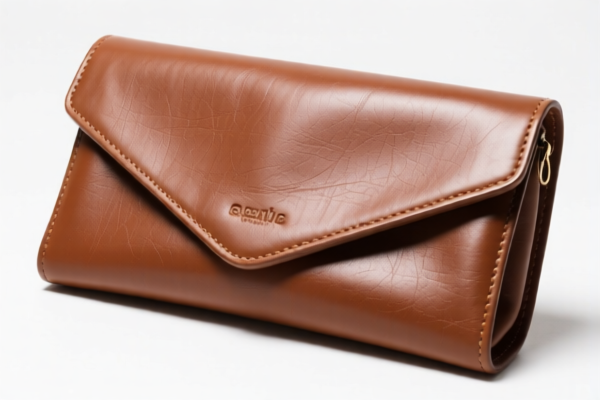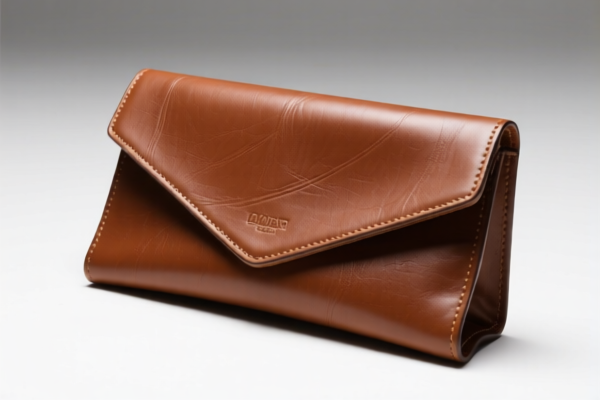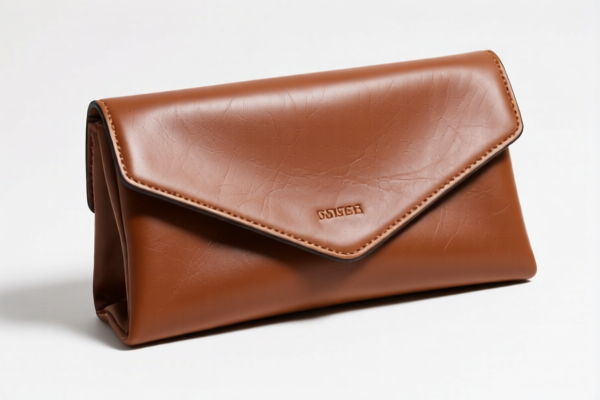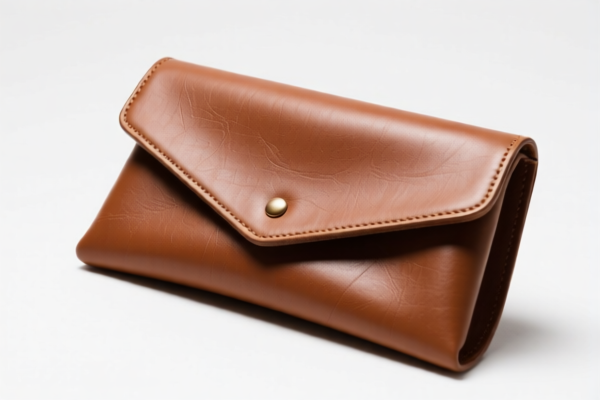| HS Code | Official Doc | Tariff Rate | Origin | Destination | Effective Date |
|---|---|---|---|---|---|
| 9402100000 | Doc | 30.0% | CN | US | 2025-05-12 |
| 9402900020 | Doc | 30.0% | CN | US | 2025-05-12 |
| 9620006500 | Doc | 57.9% | CN | US | 2025-05-12 |
| 9620007000 | Doc | 57.5% | CN | US | 2025-05-12 |
| 3926903000 | Doc | 59.2% | CN | US | 2025-05-12 |
| 3926909989 | Doc | 42.8% | CN | US | 2025-05-12 |
| 3901909000 | Doc | 61.5% | CN | US | 2025-05-12 |
| 3901905501 | Doc | 61.5% | CN | US | 2025-05-12 |
| 3914002000 | Doc | 55.0% | CN | US | 2025-05-12 |
| 3914006000 | Doc | 58.9% | CN | US | 2025-05-12 |




Crutches
Crutches are mobility aids that provide support and reduce weight-bearing on the lower extremities. They are used by individuals with temporary or permanent injuries or disabilities affecting the legs, feet, or ankles.
Material
Historically, crutches were made from wood. Modern crutches are typically constructed from:
- Aluminum: Lightweight and durable, making them a common choice.
- Steel: Stronger than aluminum, often used for heavier individuals or those requiring more substantial support.
- Carbon Fiber: Extremely lightweight and strong, but generally more expensive.
- Plastic/Polymer: Used for hand grips and tips, offering comfort and traction.
Purpose
The primary purpose of crutches is to:
- Reduce Weight-Bearing: Transfer weight from the injured limb to the upper body and the unaffected leg.
- Provide Stability: Assist with balance and prevent further injury.
- Enable Mobility: Allow individuals to ambulate despite limitations in leg function.
Function
Crutches function by redistributing body weight. The user places their weight on the padded handgrips and the crutch tips, while using their arms and upper body strength to propel themselves forward. Proper technique is crucial to avoid injury.
Usage Scenarios
Crutches are commonly used in the following situations:
- Fractures: Lower leg, ankle, or foot fractures.
- Sprains/Strains: Severe ligament or muscle injuries.
- Post-Surgery: Following orthopedic procedures.
- Arthritis: To reduce stress on joints.
- Neurological Conditions: Conditions affecting balance or leg function (e.g., stroke, cerebral palsy).
- Temporary Disabilities: Short-term injuries or conditions.
Common Types
Several types of crutches are available, each with distinct features:
- Axillary Crutches (Underarm Crutches): The most traditional type, with pads that rest against the underarm. Require significant upper body strength and proper fit to avoid nerve damage.
- Forearm Crutches (Elbow Crutches/Canadian Crutches): Feature a cuff that supports the forearm, distributing weight more evenly. Often preferred for longer-term use.
- Platform Crutches: Provide a platform for the hand to rest on, offering increased stability and reducing pressure on the hands.
- Adjustable Crutches: Most crutches are adjustable in height to accommodate users of different statures.
- Crutch Tips: Replaceable rubber or plastic tips provide traction and prevent slipping. Various tip styles are available for different terrains.
Based on the provided reference material, the HS code options related to 'crutches' are limited, with only the following 1 found.
- 9620006500: Monopods, bipods, tripods and similar articles: Other: Of iron or steel.
- Chapter 96: Miscellaneous manufactured articles. This chapter covers a wide range of articles not specifically covered elsewhere.
- Heading 9620: Monopods, bipods, tripods and similar articles. This heading includes supporting devices like monopods, bipods, and tripods.
- Subheading 9620006500: Other: Of iron or steel. This specifies that the articles are made of iron or steel. Crutches, being supporting devices made of metal, fall under this classification.
Regarding HS code 9620006500, please note the need to verify the material is iron or steel. The total tax rate is 57.9%, comprised of a 2.9% basic tariff, a 25.0% additional tariff, and a 30.0% additional tariff effective after April 2, 2025.
Customer Reviews
No reviews yet.